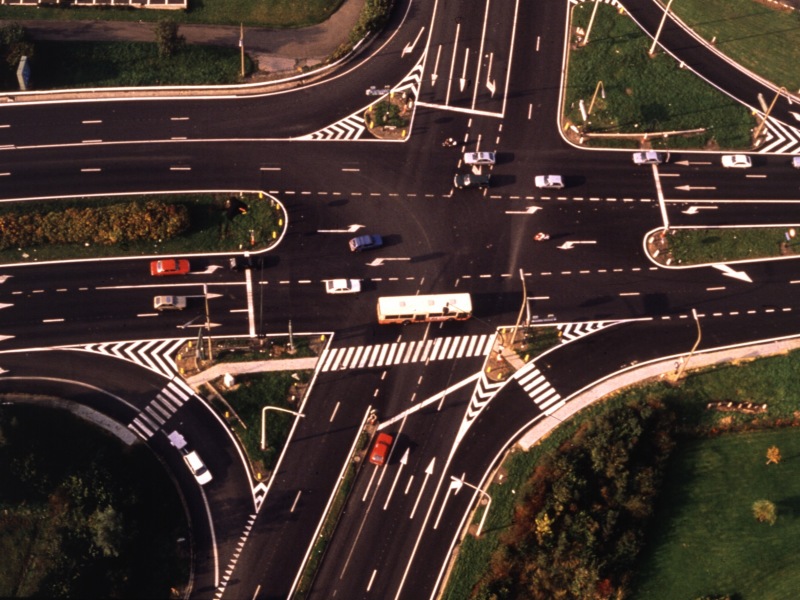ISEEM Benelux
09.05
From 2009 to 2010
TML developed the ISEEM-Benelux model to analyse cross-border effects of transport policies within the Benelux. In this project, the team adapted the model to provide detailed mapping of the transport sector and external costs, as well as insights into the impact of infrastructure investments and policy changes on the socio-economic situation in the region.
In 2008, TML realised a particularly comprehensive regional economic model for Belgium: ISEEM. This model is dedicated to analysing economic policies aimed at sustainability.
The idea of this project was to build on the ISEEM model, but with far-reaching changes to the model methodology and database, to enable us to calculate transport policy at an international level. At this stage, we limit ourselves to the Benelux countries, as this is a European region that has a history of common policies and consists of countries of similar size. Moreover, a fairly large database of regional data is available at the Benelux level.
ISEEM-Benelux makes it possible to analyse cross-border effects. The model structure has been adapted to include other regions in France and Germany in the longer term. We foresee to elaborate the transport sector in the new ISEEM-Benelux model in more detail and to consider different types of transport, at regional, national, and international level. In addition, it should be possible to implement the emissions and external costs of transport in greater detail in the model.
ISEEM-Benelux is capable of representing the effects of investments in infrastructure (road, rail, or inland waterways) and changes in transport policy at different levels on the economy and society. The results are given as changes in a comprehensive set of socio-economic indicators, for the entire Benelux, individual countries, or specific regions.
In 2008, TML realised a particularly comprehensive regional economic model for Belgium: ISEEM. This model is dedicated to analysing economic policies aimed at sustainability.
The idea of this project was to build on the ISEEM model, but with far-reaching changes to the model methodology and database, to enable us to calculate transport policy at an international level. At this stage, we limit ourselves to the Benelux countries, as this is a European region that has a history of common policies and consists of countries of similar size. Moreover, a fairly large database of regional data is available at the Benelux level.
ISEEM-Benelux makes it possible to analyse cross-border effects. The model structure has been adapted to include other regions in France and Germany in the longer term. We foresee to elaborate the transport sector in the new ISEEM-Benelux model in more detail and to consider different types of transport, at regional, national, and international level. In addition, it should be possible to implement the emissions and external costs of transport in greater detail in the model.
ISEEM-Benelux is capable of representing the effects of investments in infrastructure (road, rail, or inland waterways) and changes in transport policy at different levels on the economy and society. The results are given as changes in a comprehensive set of socio-economic indicators, for the entire Benelux, individual countries, or specific regions.


